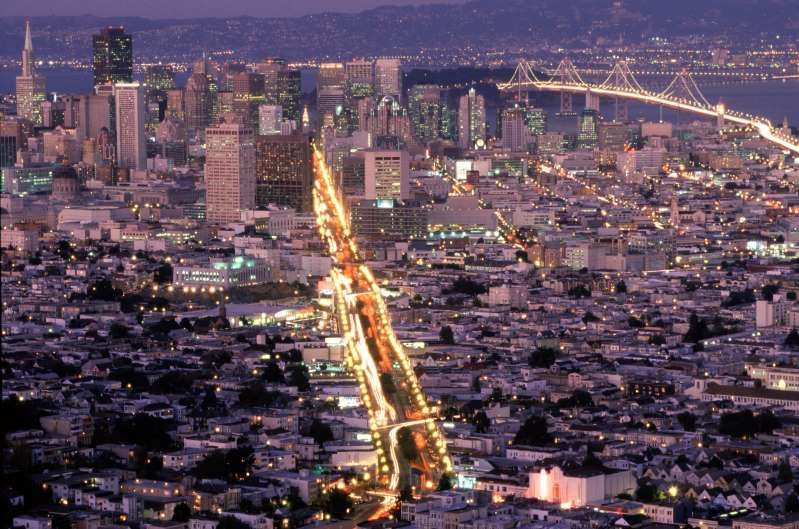
San Francisco may be swimming in human feces, urine and needles, as the homelessness crisis continues spiraling out of control, but the city’s Democrat leadership seems more interested in banning plastic straws, paper cups and the might automobile than addressing the real human tragedy blighting the city.
The busy Market Street in San Francisco has become the latest street to ban almost all cars, in an attempt to reclaim the streets from automobile domination.
MSN report: Lined by skyscrapers, landmark buildings, tech powerhouses and ornate street lamps, Market Street cuts through the heart of San Francisco and has long had the traffic jams that come with the prime real estate.

BYPASS THE CENSORS
Sign up to get unfiltered news delivered straight to your inbox.
You can unsubscribe any time. By subscribing you agree to our Terms of Use

Generations ago, many of the city’s streetcar and cable car lines were pulled out to make way for the mighty automobile.
A few weeks ago, there was a dramatic shift when San Francisco banned private cars on the busiest section of Market Street. Suddenly most automobiles were gone — Ubers, Lyfts, and tourists in rental cars banished. Historic streetcars and electric trolley buses glided along. Cyclists and electric scooter-riding commuters celebrated their new freedom.
“There is a generational transformation that has occurred here,” said Malcolm A. Heinicke, chairman of the San Francisco Municipal Transportation Agency’s board of directors, who has called for discussion of closing other roads, like Valencia Street in the Mission District and Leavenworth Street in the Tenderloin, to cars. “You have people who are really looking at having a city where they’re not driving.”
City officials nationwide talk of “Vision Zero,” a goal of eliminating all traffic deaths, and “complete streets,” which value safety not only for cars but pedestrians, cyclists and transit riders.
“If there are things that we can do to improve the way that people get around and reduce the number of fatalities, then we should do them,” said Zabe Bent, director of design for the National Association of City Transportation Officials.
In San Francisco, half of the 10 worst intersections for injuries and fatalities are on Market Street, said Jeffrey Tumlin, executive director of the city’s Municipal Transportation Agency. That realization was a strong factor in deciding that something had to change on Market, where automobiles were sharing the road with a large number of cyclists, pedestrians and buses.

